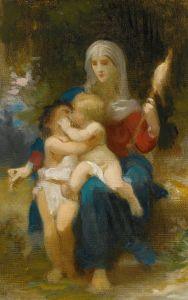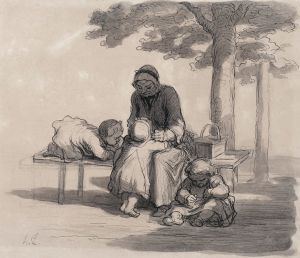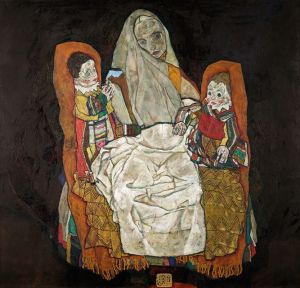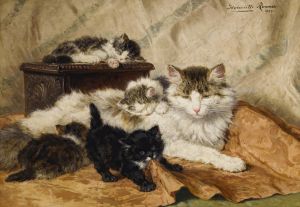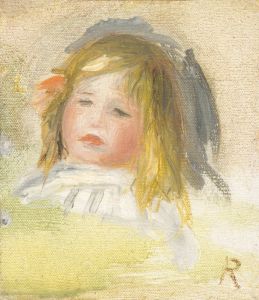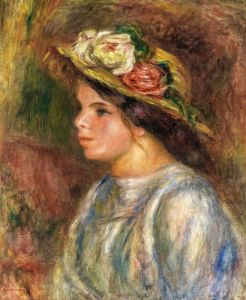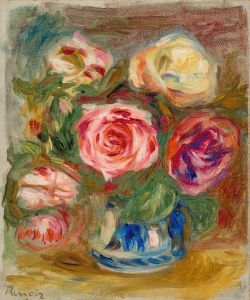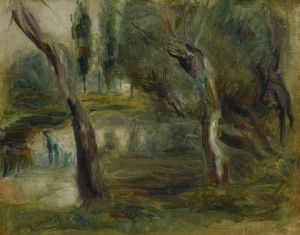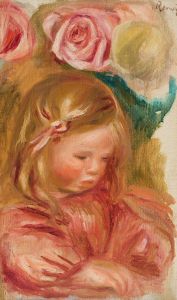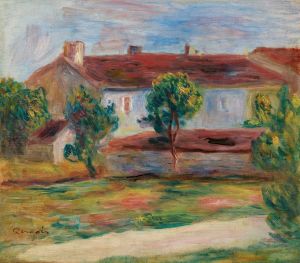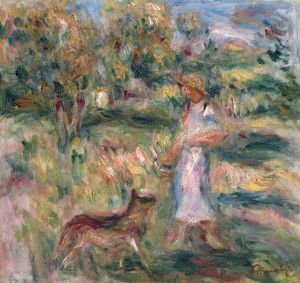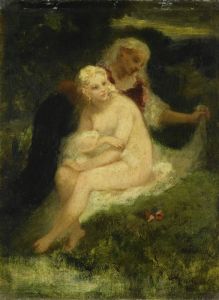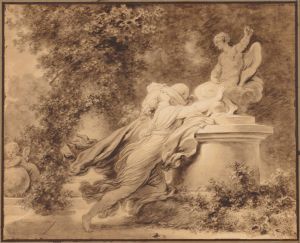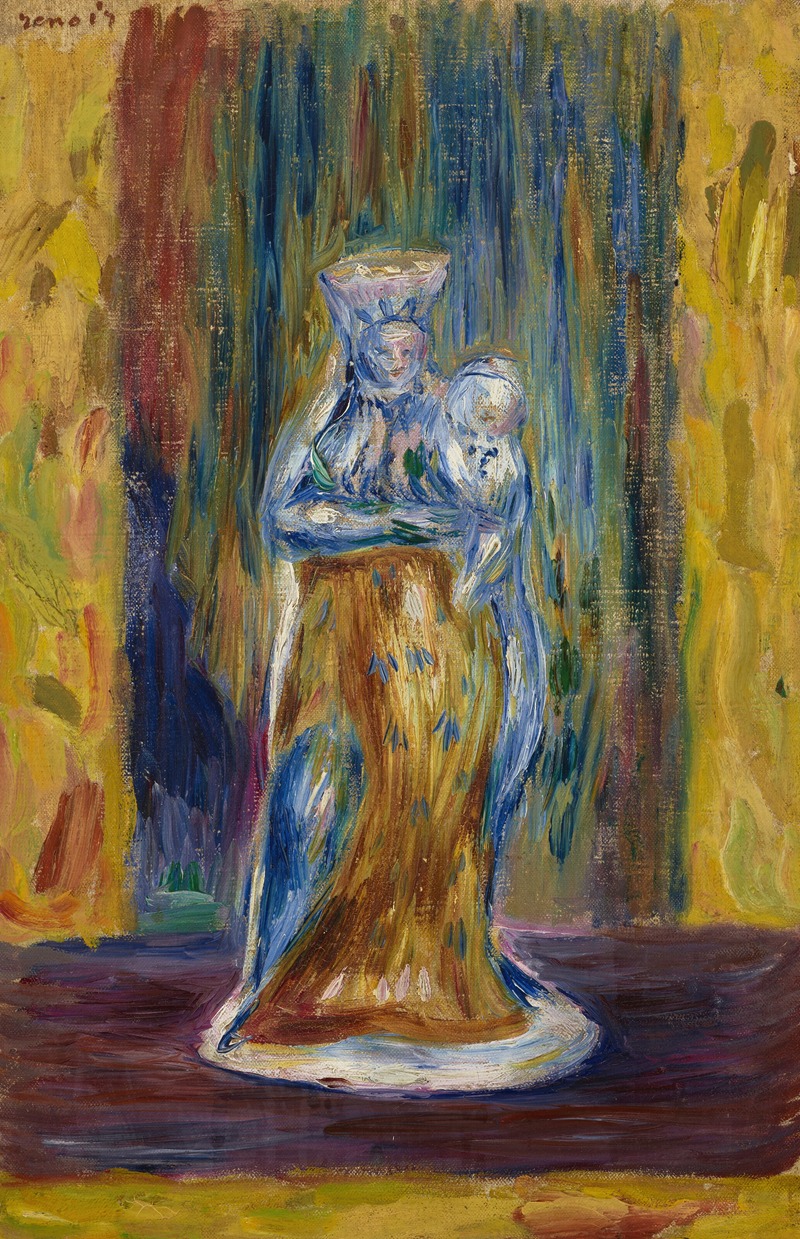
Vierge et enfant d’après une faïence
A hand-painted replica of Pierre-Auguste Renoir’s masterpiece Vierge et enfant d’après une faïence, meticulously crafted by professional artists to capture the true essence of the original. Each piece is created with museum-quality canvas and rare mineral pigments, carefully painted by experienced artists with delicate brushstrokes and rich, layered colors to perfectly recreate the texture of the original artwork. Unlike machine-printed reproductions, this hand-painted version brings the painting to life, infused with the artist’s emotions and skill in every stroke. Whether for personal collection or home decoration, it instantly elevates the artistic atmosphere of any space.
Pierre-Auguste Renoir's "Vierge et enfant d’après une faïence" (translated as "Virgin and Child after a Faience") is a lesser-known work by the renowned French Impressionist painter. Renoir, celebrated for his vibrant depictions of modern life, portraits, and landscapes, occasionally explored religious themes, though such subjects were not the primary focus of his oeuvre.
This particular painting, created in 1885, is an oil on canvas that reflects Renoir's interpretation of a traditional religious motif: the Virgin Mary holding the Christ Child. The work is believed to have been inspired by a faience sculpture, a type of glazed ceramic art that was popular in Europe. Renoir's interest in decorative arts and craftsmanship may have influenced his decision to reinterpret this subject in his own painterly style.
"Vierge et enfant d’après une faïence" showcases Renoir's characteristic use of soft, luminous colors and delicate brushwork. The figures of the Virgin and Child are rendered with a sense of tenderness and intimacy, emphasizing the emotional connection between mother and child. The painting's composition and execution suggest Renoir's admiration for classical and Renaissance art, as well as his ability to infuse traditional themes with his unique artistic sensibilities.
The painting is part of the collection at the Musée d'Orsay in Paris, France, which houses a significant number of works by Renoir and other Impressionist and Post-Impressionist artists. It serves as an example of Renoir's versatility and his occasional engagement with religious iconography, offering insight into the broader scope of his artistic interests beyond the Impressionist movement.
While "Vierge et enfant d’après une faïence" is not as widely recognized as some of Renoir's other masterpieces, such as "Luncheon of the Boating Party" or "Dance at Le Moulin de la Galette," it remains a noteworthy piece within his body of work. The painting reflects Renoir's ability to draw inspiration from diverse sources and his skill in adapting traditional themes to his own artistic vision.





